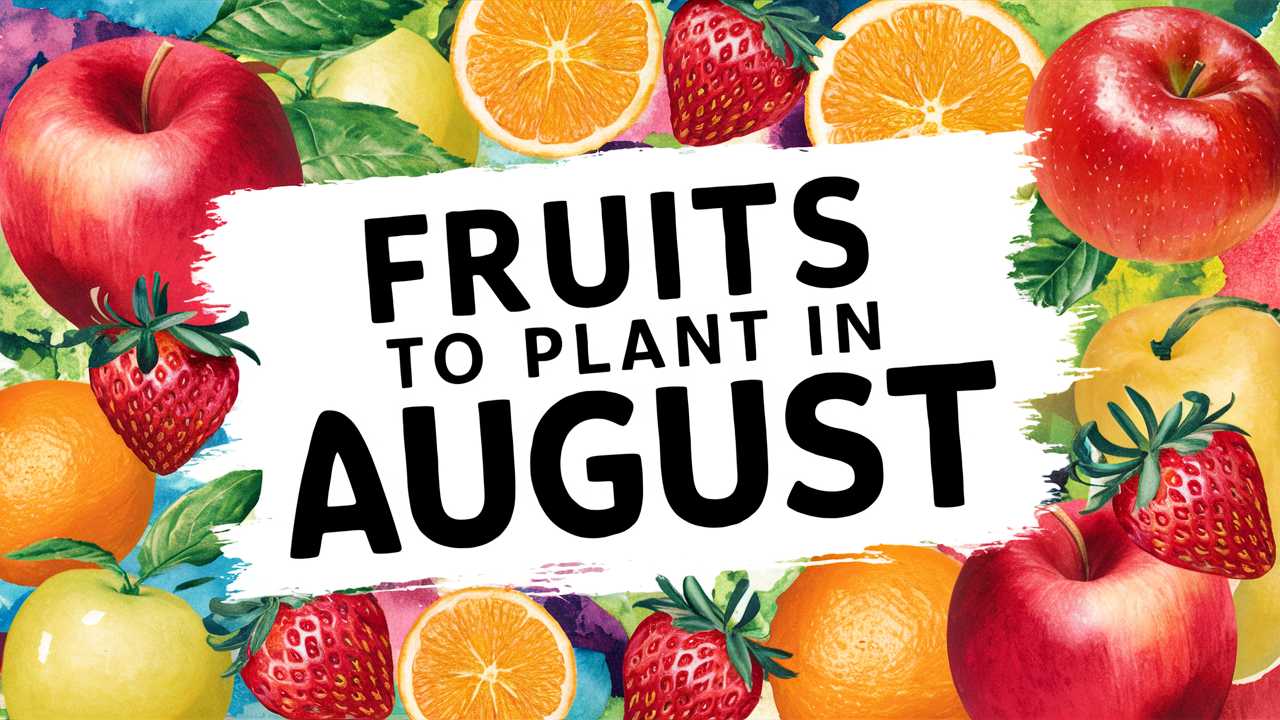In this guide, we’ll explore fruits that you can plant in August, detailing their ideal growing conditions, temperature tolerances, and planting specifics for various USDA zones.
Apples
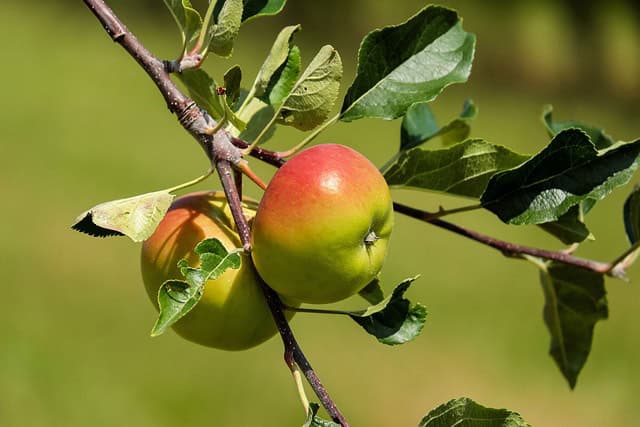
Apples are a staple fruit in many gardens, and August is the perfect time to plant apple trees in warm USDA zones, particularly zones 5-8. These deciduous trees prefer well-drained, loamy soil and full sunlight to develop healthy fruit. When planting an apple tree, ensure that your location is not prone to frost, as such temperatures can damage new buds.
Temperature Tolerance: Apple trees require a chilling period of around 1,000 hours below 45°F during the winter months. They thrive in temperatures ranging from 32°F to 86°F.
Planting Tips: For best results, plant dwarf or semi-dwarf varieties that will begin producing fruit sooner. Space trees about 15-20 feet apart, depending on the variety. If you’re in a colder zone, consider late summer or early fall planting to establish strong roots before winter.
Pears
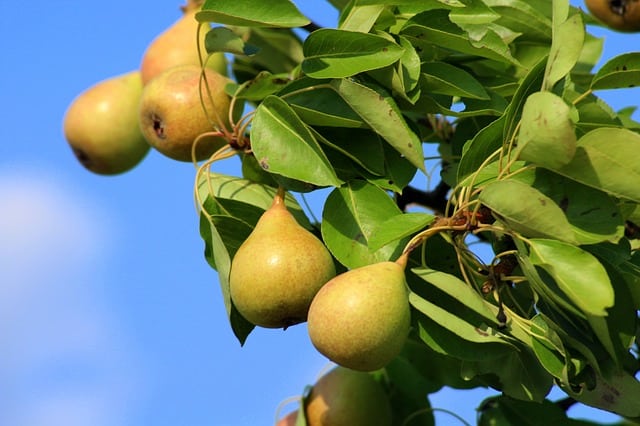
Similar to apples, pear trees flourish in zones 4-9, with August providing an excellent window for planting. The early establishment can yield fruit in their second or third year. Choose a sunny spot that is also protected from harsh winds, as this will help improve fruit set.
Temperature Tolerance: Pears can handle a range of temperatures, but they prefer comfortable conditions between 45°F and 75°F. They require chilling hours similar to apples, making them excellent candidates for cooler climates.
Planting Tips: Implement proper spacing of 12-20 feet between trees, based on the variety. Best practices include watering deeply post-planting and using mulch to help retain soil moisture.
Raspberries
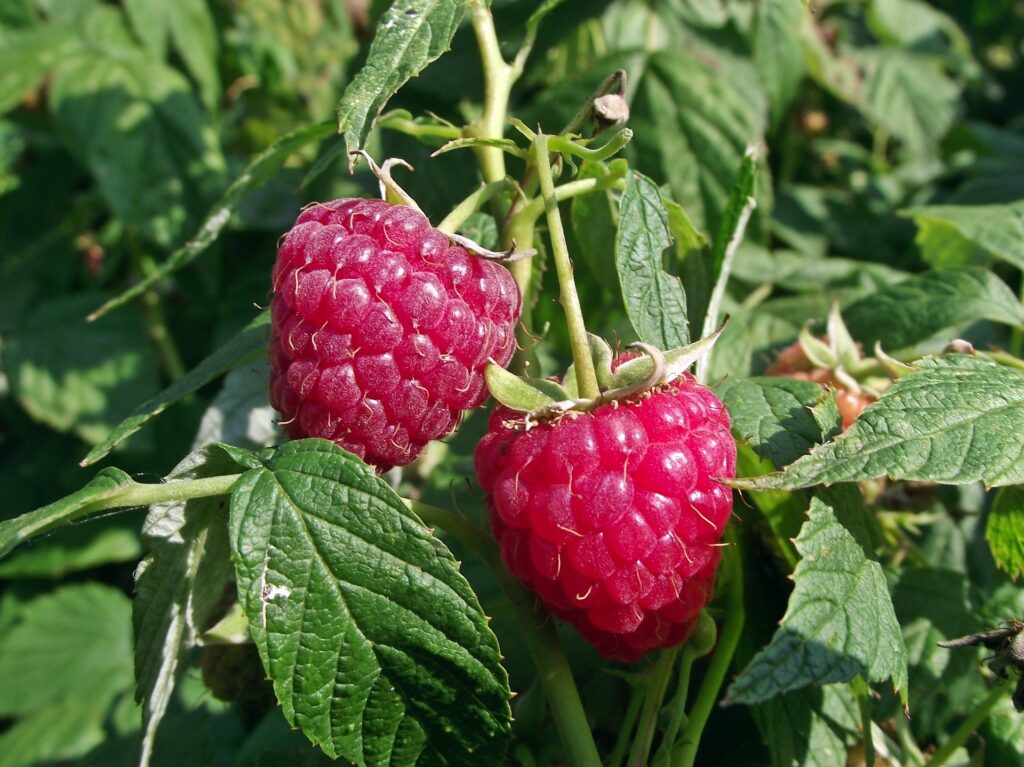
Raspberries are dynamic fruits that can be planted in USDA zones 3-10 during August, and they thrive in moderate to warmer temperatures. August is typically ideal for establishing both summer and fall-bearing varieties.
Temperature Tolerance: Raspberries prefer daytime temperatures between 60°F and 80°F. They are sensitive to frost, especially during flowering, so select a planting site that avoids cold pockets.
Planting Tips: Space raspberry canes 2-3 feet apart, and choose a well-draining location. You can plant in rows with a distance of about 8-10 feet between each row. Ensure you prune your raspberries after harvest to encourage healthier growth next season.
Blackberries
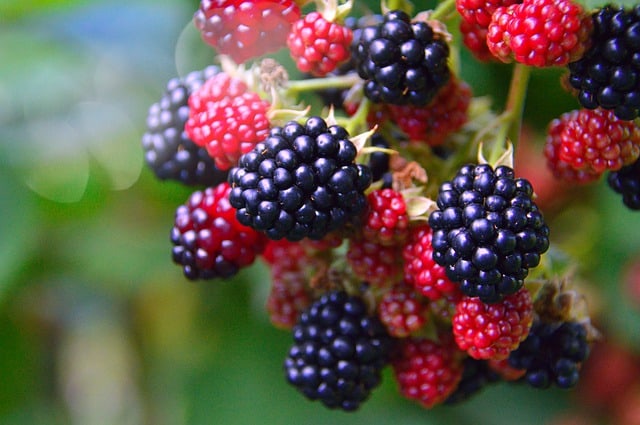
Blackberries can extend your fruit-growing season, and August is a great time for planting, particularly in USDA zones 5-10. They are hardy plants that thrive in a variety of conditions, so long as they are given adequate sun and space.
Temperature Tolerance: Blackberries thrive in temperatures ranging between 60°F and 82°F. They prefer well-drained soil and won’t tolerate overly wet conditions.
Planting Tips: Aim to plant blackberries 3-4 feet apart in rows that are 6-8 feet apart. Prune down to the soil level after harvesting for optimal growth. They require a trellis for support, especially for trailing varieties.
Strawberries
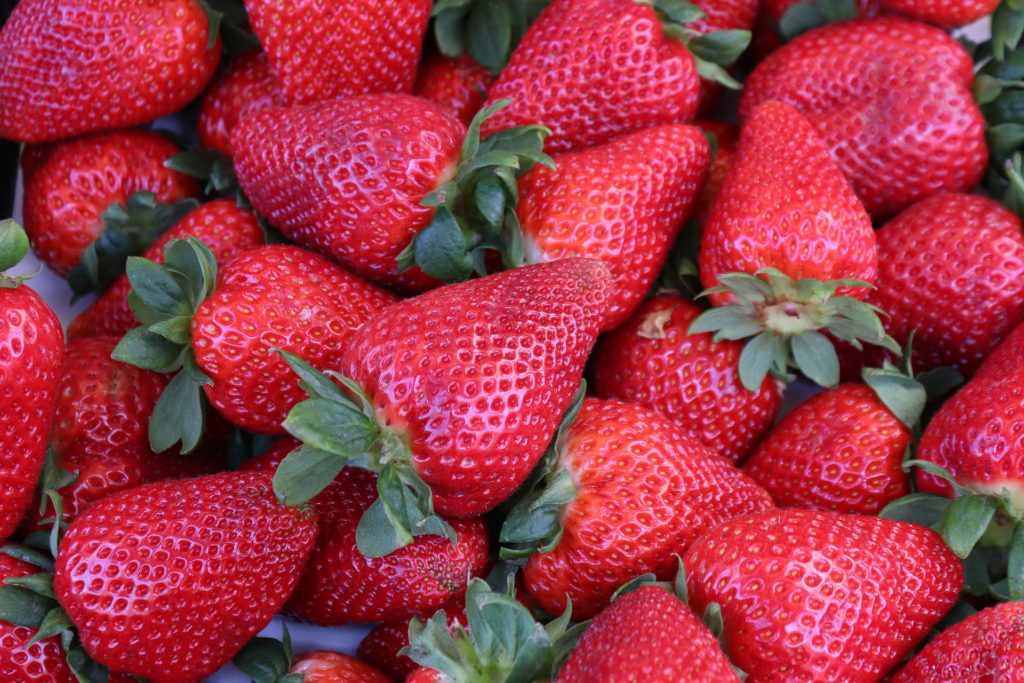
Strawberries can be planted in August in USDA zones 3-10, particularly in the form of bare-root strawberry plants. This month is a prime time to establish new plants to enjoy a bounteous harvest in the coming spring.
Temperature Tolerance: Strawberries develop best when temperatures range between 60°F and 75°F. They can tolerate brief periods of frost.
Planting Tips: Create raised beds for better drainage, and space plants about 12-24 inches apart. A layer of mulch helps keep the soil cool and retains moisture.
Melons
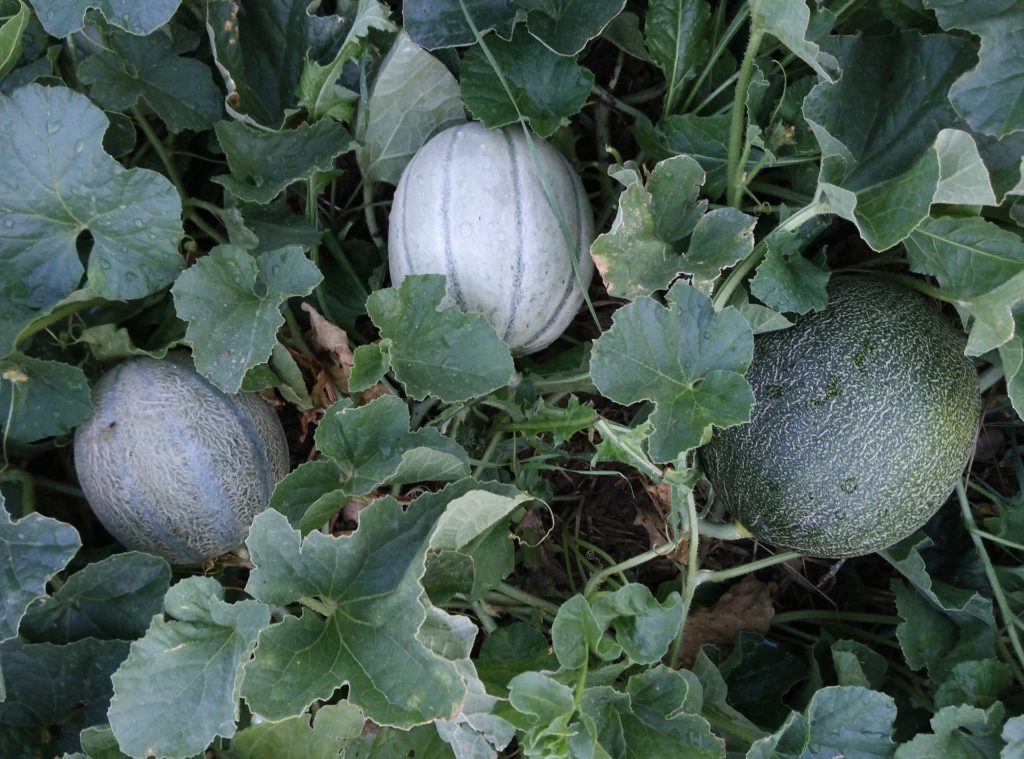
Melons, including cantaloupe and watermelon, are favored fruits during the summer months, making August an ideal planting period in USDA zones 3-9. They are heat-loving plants that excel in sunny, warm areas.
Temperature Tolerance: Melons thrive best in consistently warm conditions and prefer temperatures above 70°F. They typically can be stunted by early fall temperatures below 55°F.
Planting Tips: Space plants about 18-36 inches apart in a sunny location, ensuring plenty of room for spreading vines. Provide trellises for smaller melon varieties to prevent decay on the ground.
Grapes
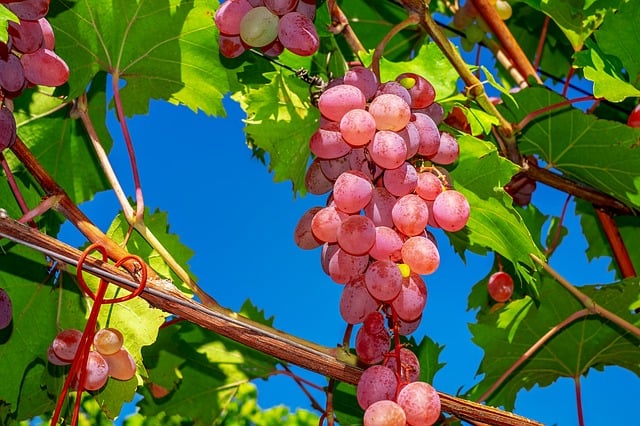
Grape vines can be planted in late summer across USDA zones 4-10. August provides ample time for these hardy plants to establish their roots before the cold weather arrives. Grapes prefer sunny, well-drained sites, and they produce best when pruned properly.
Temperature Tolerance: Grapes thrive in temperatures ranging from 70°F to 85°F. They dislike frost, so choose a location that has good air circulation for optimal growth.
Planting Tips: Space grapevines about 6-8 feet apart in rows with ample sun exposure. If you are in a cooler zone, ensure you consider the variety; some are more frost-tolerant than others.
Kiwi
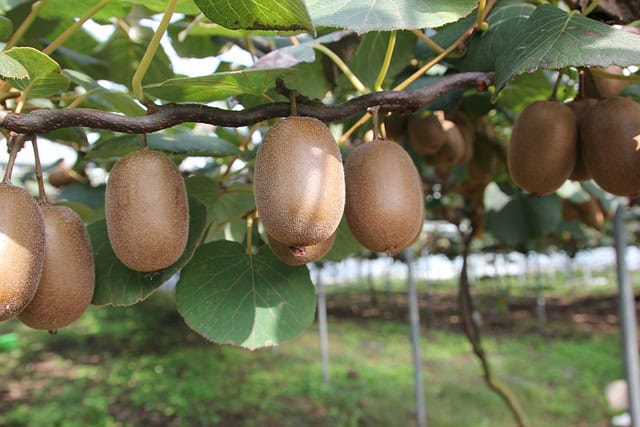
Kiwi vines are an exotic addition to your fruit garden that can be planted in August in USDA zones 7-9. They are rapid growers that thrive in warm climates and can yield fruit in just a year or two if conditions are ideal.
Temperature Tolerance: Kiwis prefer a climate with temperatures around 75°F to 90°F. They are not frost-tolerant, making them unsuitable for colder zones.
Planting Tips: These vines require ample sunlight and space; plant them 8-10 feet apart. They also need a sturdy support structure, such as a trellis or arbor, to thrive.
Figs
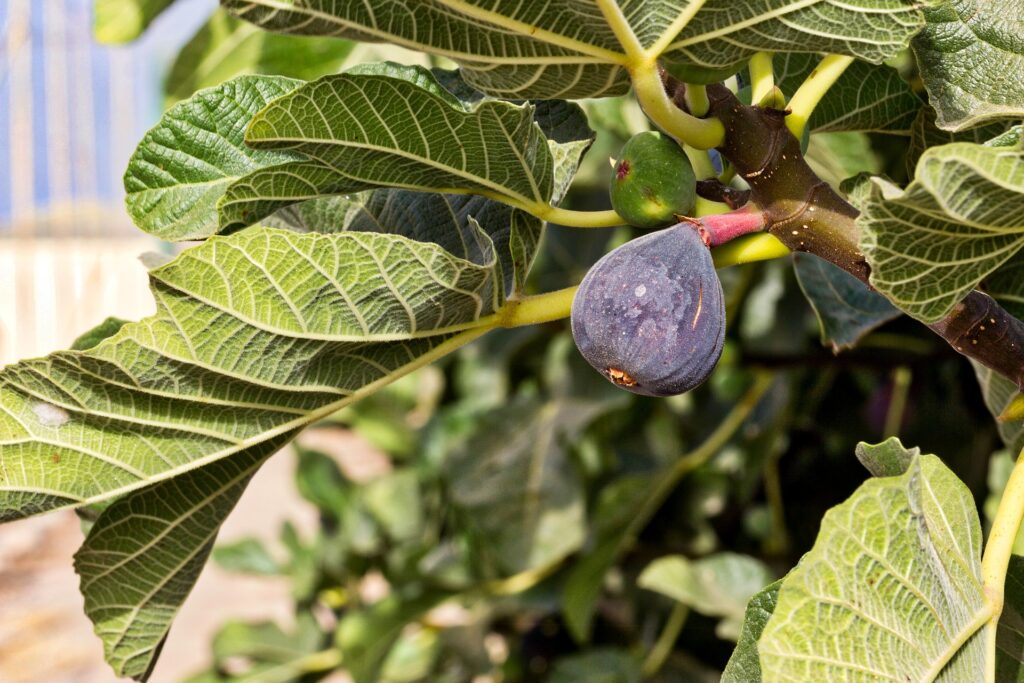
Figs are warm weather lovers, making August an ideal planting time in USDA zones 8-10. The figs benefit significantly from the late summer warmth allowing proper establishment before the cold sets in.
Temperature Tolerance: Figs prefer a temperature range of 75°F to 100°F and are intolerant of frost. Protect young trees with mulch during the colder nights.
Planting Tips: When planting, ensure adequate spacing of around 10-15 feet between each tree. Choose a well-drained, sunny spot for optimal fruit production.
Papaya
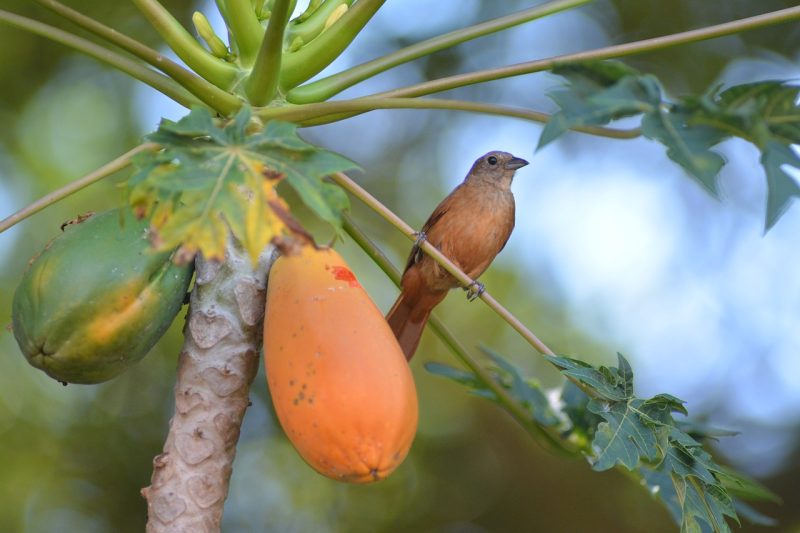
In areas with suitable climates, such as USDA zones 10-11, August is the time to plant papayas, which thrive in warm temperatures. Papaya trees can produce fruit in as little as six months, making them an exciting option for quick yields.
Temperature Tolerance: Papayas require warm conditions, with optimal growth between 70°F and 95°F. They are highly sensitive to frost, making them unsuitable for cooler climates.
Planting Tips: Plant papayas 8-10 feet apart in loose, well-drained soil. While they prefer full sun, establishing young plants can benefit from some shade during the hottest parts of the day.
Pomegranates
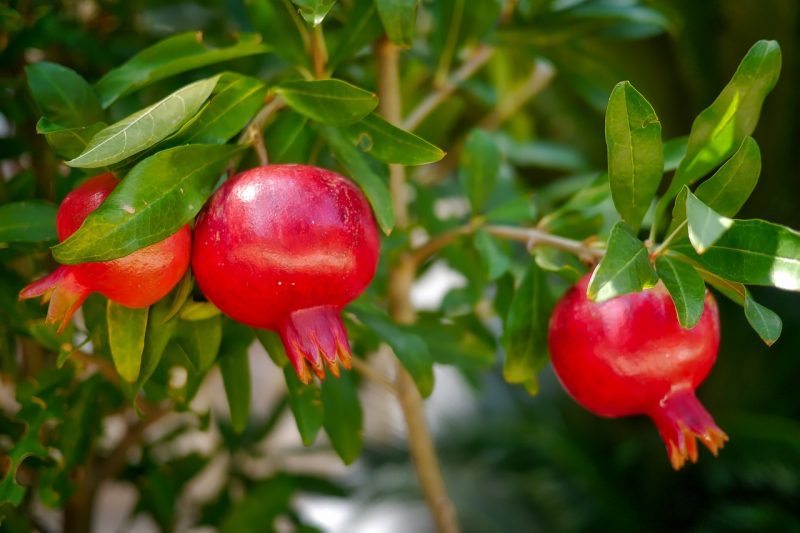
Pomegranates flourish in USDA zones 7-10, making August an excellent time for establishing new trees. These drought-resistant plants thrive in hot, dry climates and provide beautiful fruit once established.
Temperature Tolerance: Pomegranates thrive in temperatures between 75°F and 95°F and can tolerate brief drops to 30°F when mature but are less hardy when young.
Planting Tips: Space your pomegranate trees 10-15 feet apart. They require sandy or loamy soil and benefit from mulch to retain moisture during hot months.
Serviceberries
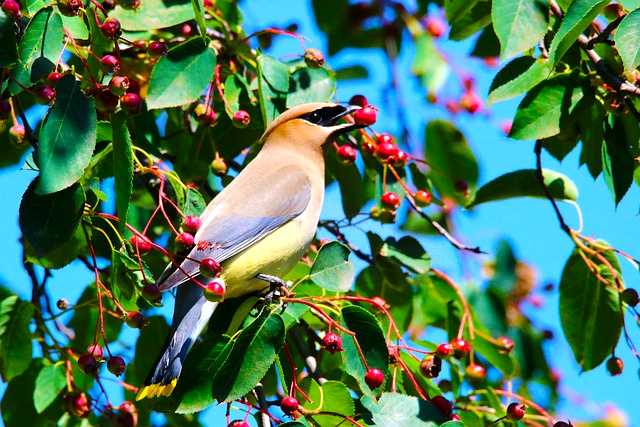
Serviceberries are adaptable and can be planted in August in zones 3-9. They are smaller but yield delicious fruits that can be enjoyed fresh or used in desserts.
Temperature Tolerance: They prefer moderate temperatures between 60°F and 75°F, and can withstand some frost due to their hardy nature.
Planting Tips: Space serviceberry plants about 5-10 feet apart and choose a site with full sun to partial shade. They thrive in well-drained soil and benefit from regular watering during dry spells.
Elderberries
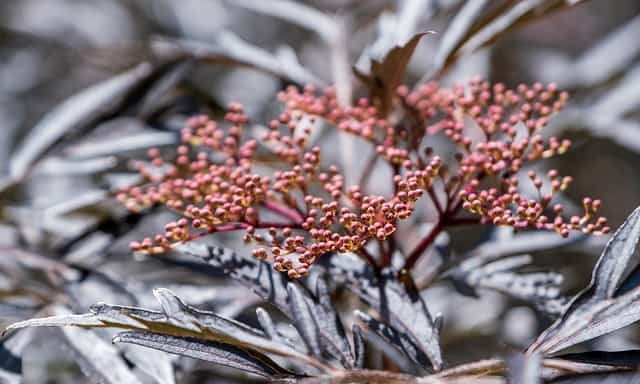
Elderberries are excellent for making jams, jellies, and syrups, and they can be planted in August across USDA zones 3-9. These plants prefer rich, moist soil and are highly productive in the right conditions.
Temperature Tolerance: Elderberries thrive in the temperature range of 60°F to 75°F. They can handle cold temperatures during dormancy but should be protected from extreme heat.
Planting Tips: Space elderberry bushes approximately 5-10 feet apart. They require full sun and regular watering, particularly in dry seasons, to enhance fruit production.
Cherries
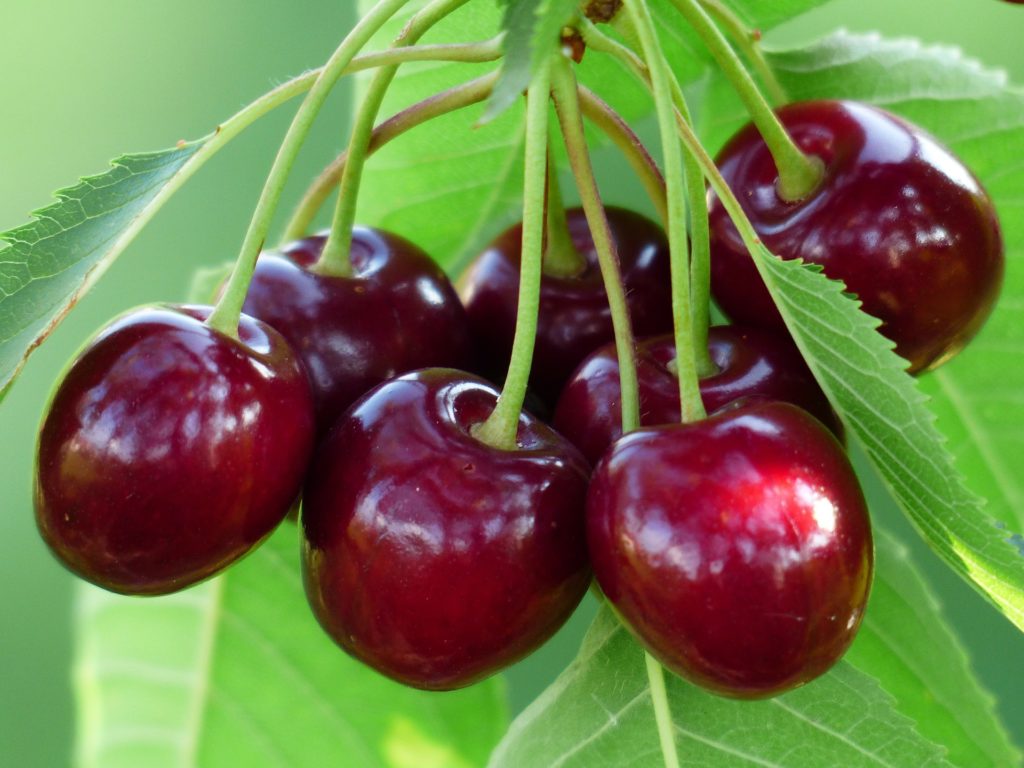
Cherries are delightful fruits that can be planted in zones 5-9 during August, primarily in the form of bare-root trees. They require some chilling hours in winter for proper fruiting and benefit from well-drained soil.
Temperature Tolerance: Cherries thrive in temperatures between 32°F and 75°F and require chilling hours below 45°F for proper fruiting.
Planting Tips: Space cherry trees 25-30 feet apart, as they grow large. Water them thoroughly after planting, and consider using mulch to maintain soil moisture and temperature.


